Reinventing the Iso Grifo: The IsoRivolta Grifo 90
Images: Marcello Gandini, Piero Rivolta/Flavio Campetti, Hugues Vanhoolandt
The late 1980s was a period of renewed optimism for the automobile industry, specifically for the top end of the market as several venerable marques from the past were resurrected.

Following Bugatti’s revival and the unveiling of the Cizeta-Moroder V16T, Piero Rivolta too believed that it was a good moment to resuscitate the Iso brand, lying dormant since the late 1970s.
With the values of the 413 Iso Grifos made on the rise, Rivolta decided that the first model that the new venture would launch would be a Grifo for the 1990s.
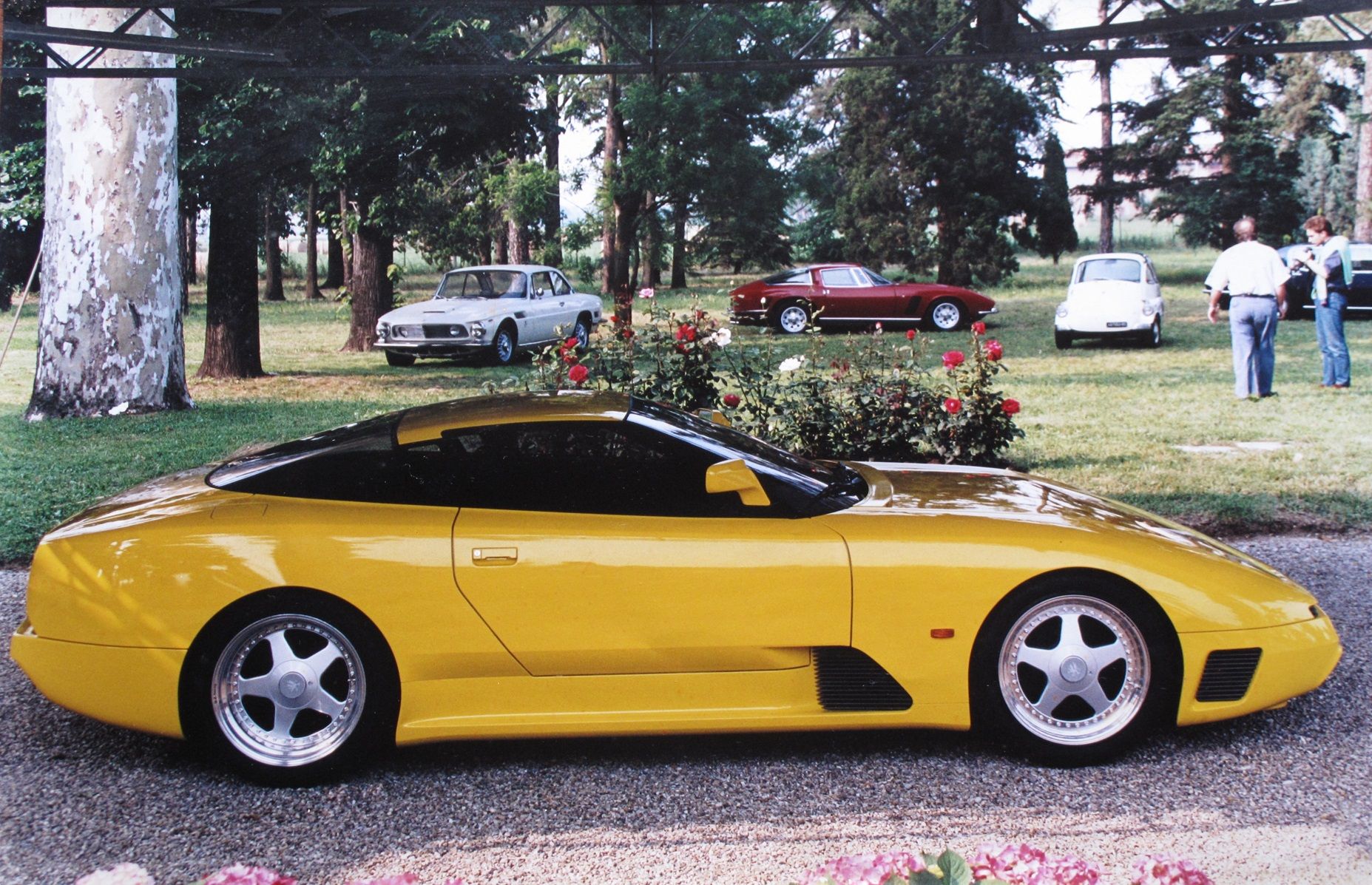
Collaborating with Piero Sala, the managing director of the old Iso company, and the industrialist brothers, Vinella, who brought in most of the capital, IsoRivolta S.r.L. was incorporated in 1989, with a head office in an old villa near Modena.
With the bodies to be made by Golden Car in Turin, the final assembly of the car was to be at the Isobus facilities at Conversano, near Bari, where buses on Mercedes-Benz bases were already being constructed.
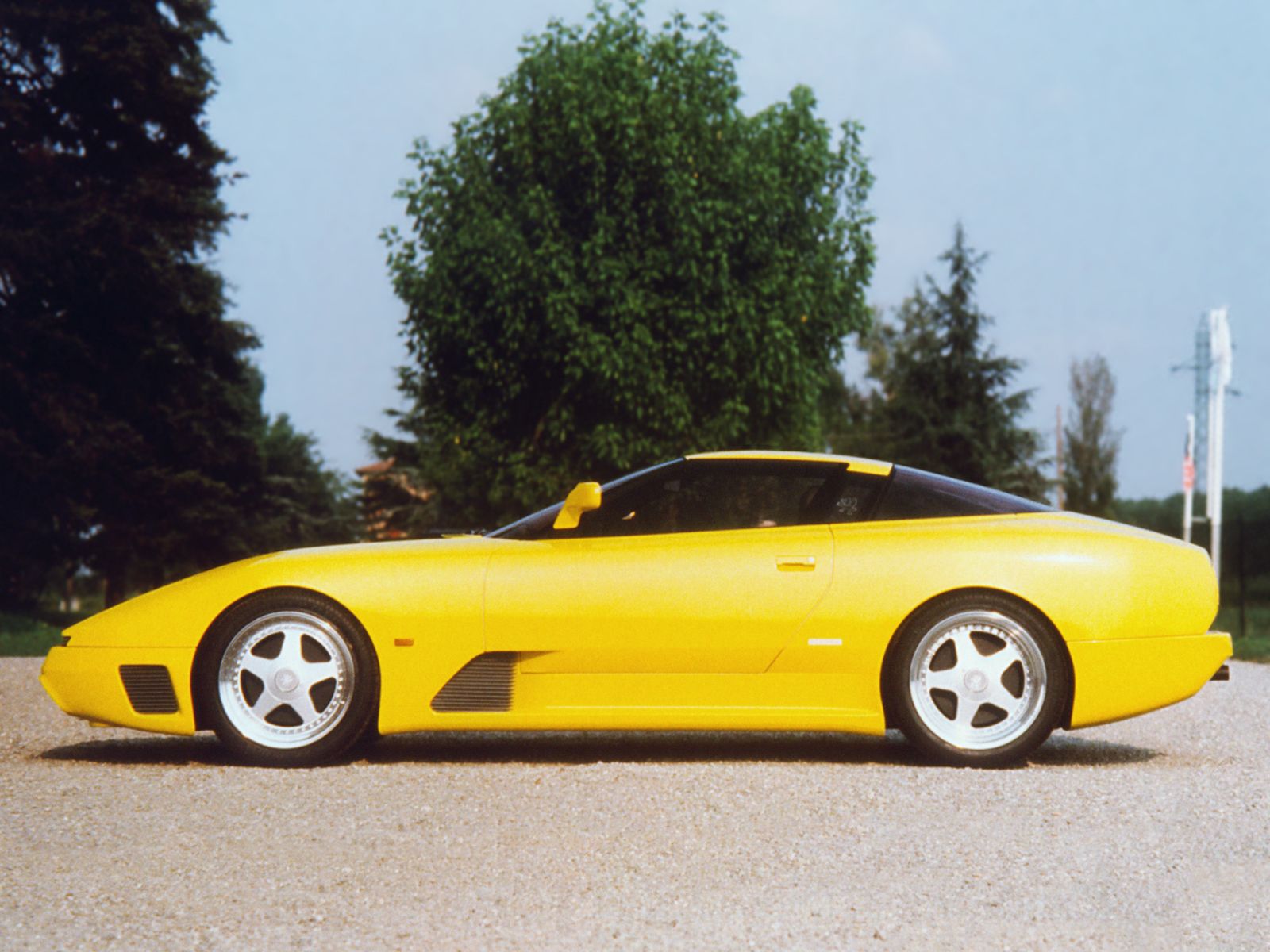
With happy memories of the beautiful facelift for the Grifo II by Marcello Gandini in 1970 and his handsome coupe design for the Rivolta Lele from the year earlier, in 1969, Piero Rivolta approached Mr. Supercar Designer for the shape of the new Grifo.
Marcello Gandini, well versed in the marque’s culture and perfectly in sync with Piero Rivolta’s thinking, accepted the project.
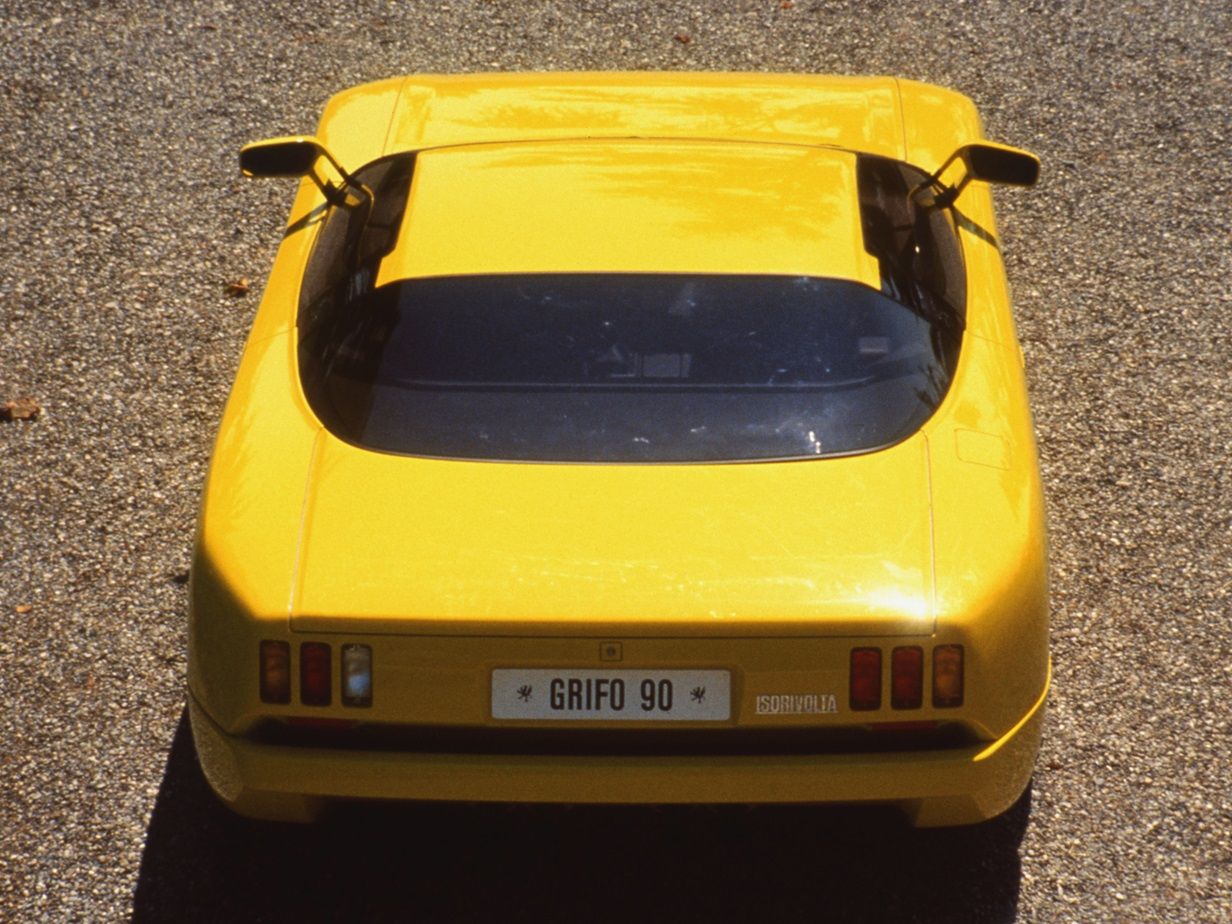
For the engineering of the chassis, the logical complement to Gandini’s design savoir faire, the brilliant Giampaolo Dallara, was roped in.
For motive power, retaining the Grifo’s Corvette connection from the 1960s, Rivolta narrowed down to GM’s 5.7-litre V8 engine for the C4 Corvette, but turbocharged by American specialist Reeves Callaway for a 440 bhp output, which would give the car a theoretical top speed of over 300 km/h.
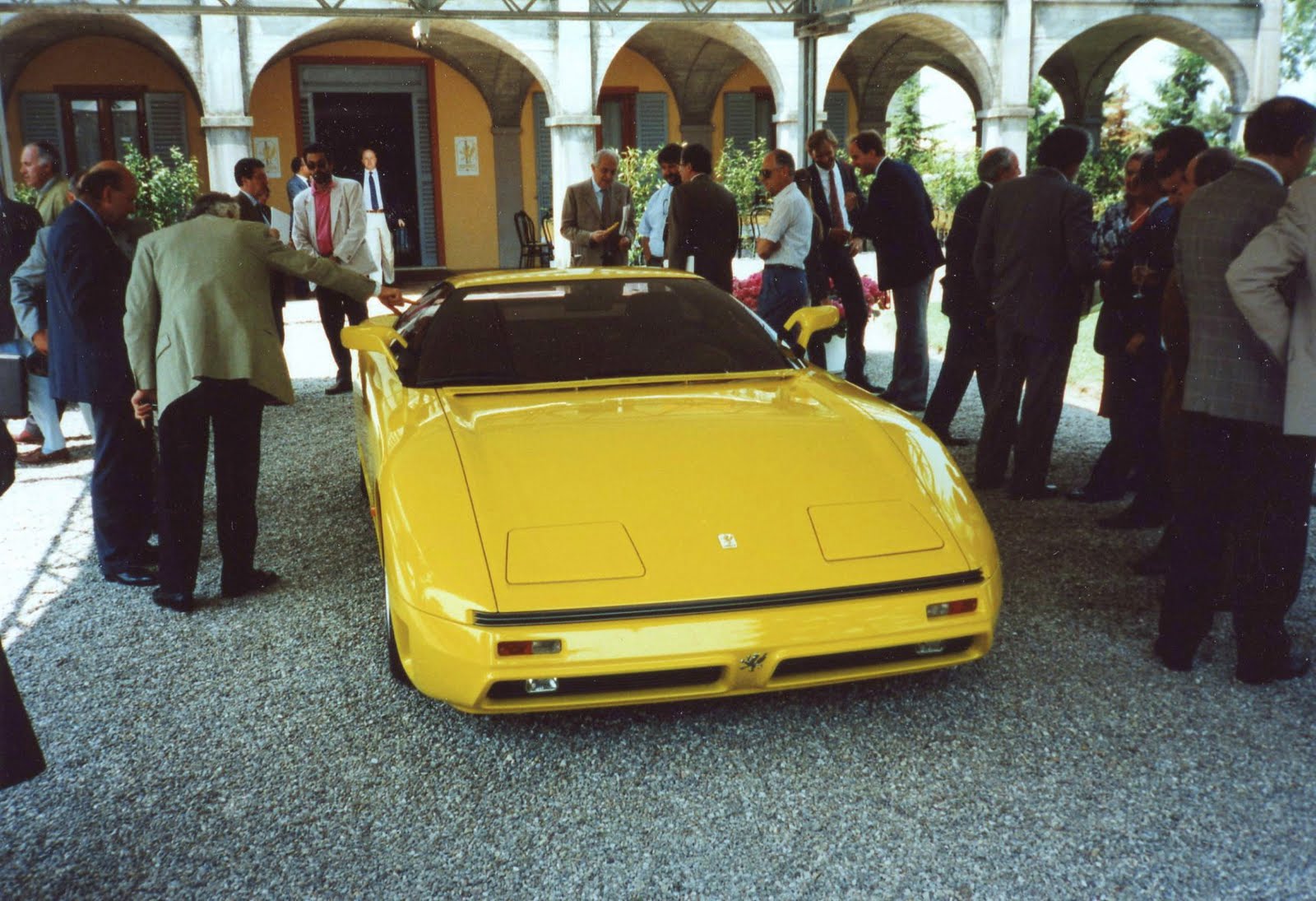
With the powertrain decided and the configuration agreed upon as a classical front-engine rear-wheel-driver, like the good ole Grifo (for better passenger volume as Dallara justified), Gandini went about working on the design of the car.
Given the freedom of a clean-sheet design, Gandini decided to increase the wheelbase of the new Grifo, to 2.55 meters as compared to the contemporary (C4) Corvette’s 2.44 meters (2.5 for the first gen Grifo, incidentally), keeping the overall length somewhat similar (4.5 meters for the new Grifo versus 4.48 for the Corvette and 4.43 for the old Grifo).
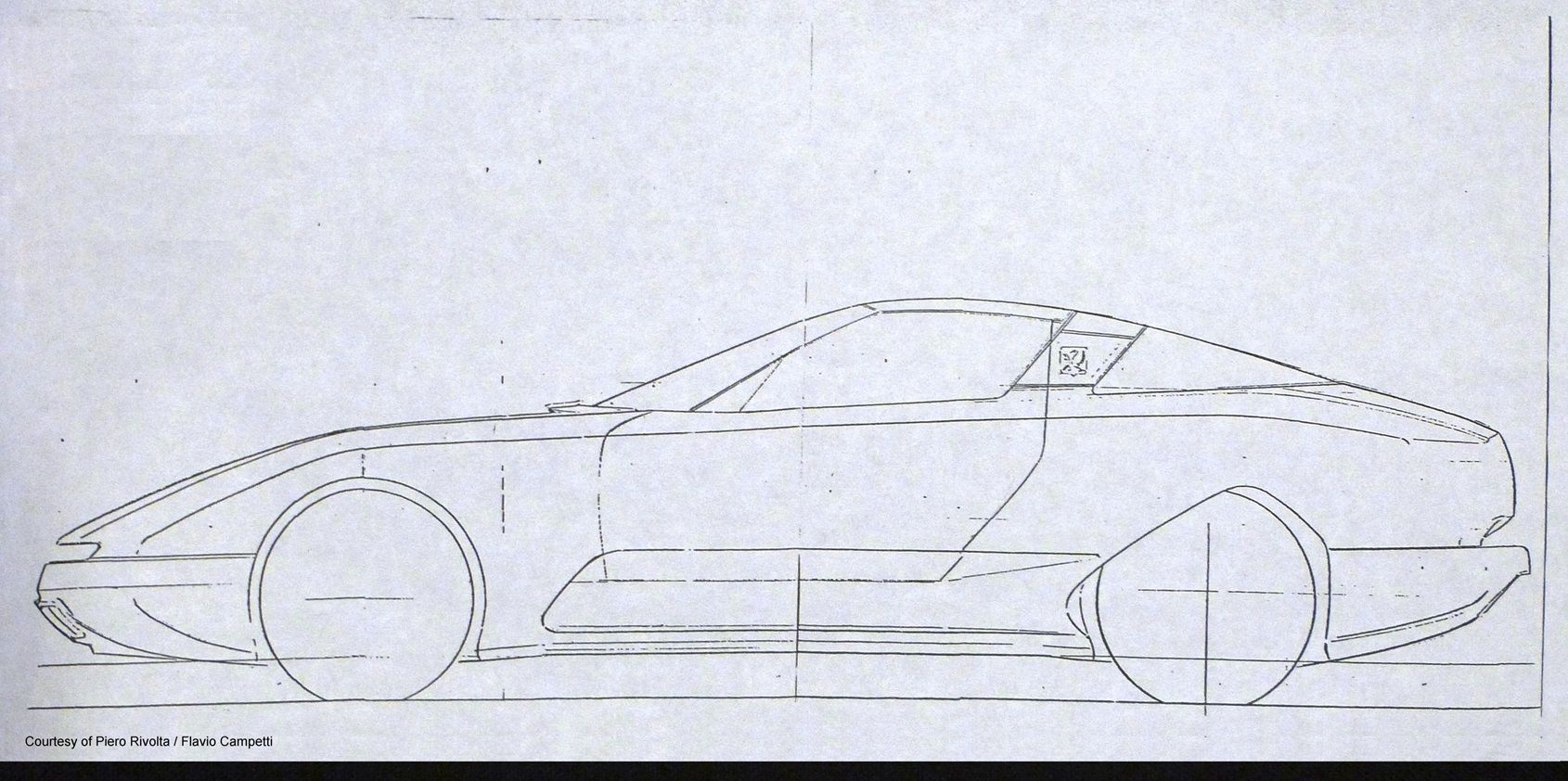
But to encompass the significantly wider rubbers, and for the sake of more space, the new Grifo became two meters wide, making it markedly wider than the C4 Corvette’s 1.8 (1.77 for the older Grifo).
The full-size styling buck of the car that Gandini designed was unveiled to the press in June 1991. The bright yellow resin model on display was acknowledged by all as muscular, stylish, and very handsome.
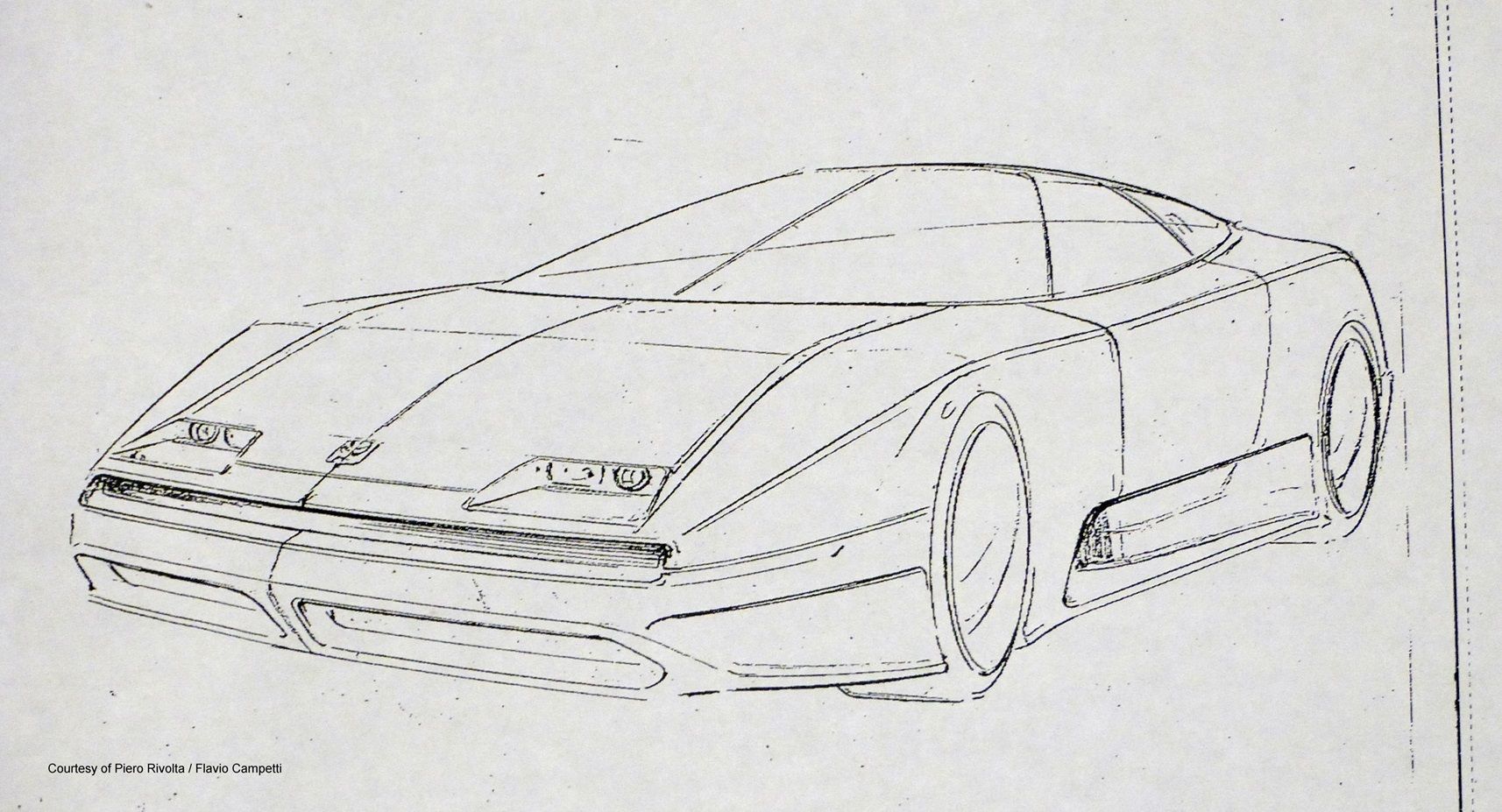
Fulvio Cinti of Auto & Design commented in the magazine: “A form free of provocative design elements, but of powerful visual impact, reflecting all the prerequisites outlined by Piero Rivolta: sweetness of line, aggressive (but not provocative), harmonious volumes and proportions, top-level interior comfort and easy handling.”
At the front the bumper incorporated the twin-nostrils of the first series Grifo, with a slim slatted grille above that hinted at the slats of the ‘penthouse’ power bulge of the 7 Litri. From the side the flowing undulating beltline of the older Grifo appeared once again, but somewhat wedgier for a more modern profile.
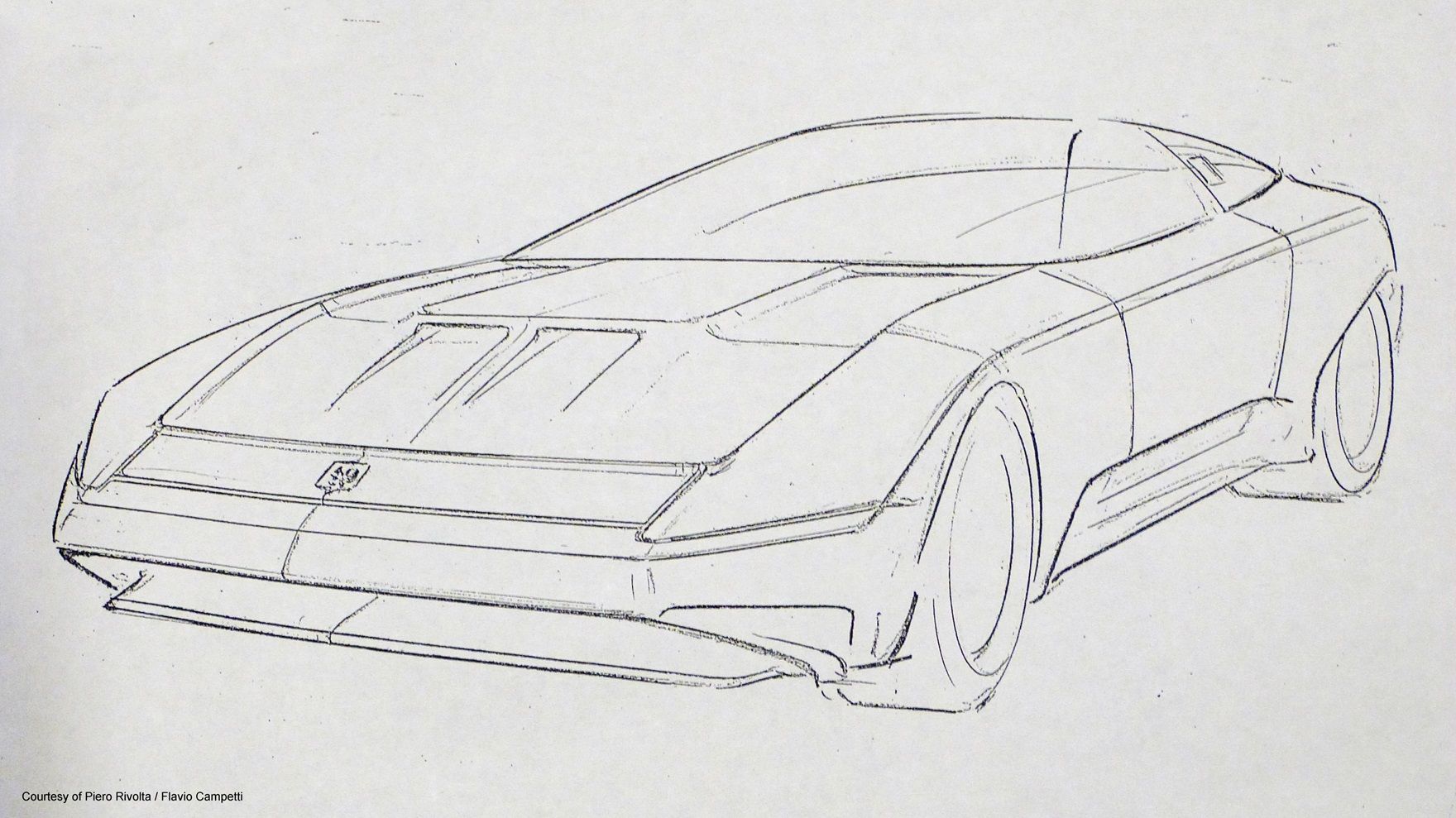
The shallow greenhouse was a 1990s take on the older Grifo’s, but with blacked out pillars, the glasses bonded on to the frames, slim and delicate, offsetting superbly the heavier, chunkier lower section of the body.
Underpinned with Dallara’s tubular space frame chassis and racing style suspension, powered by the Corvette V8 breathed upon by Callaway, and with that elegantly svelte styling, the IsoRivolta Grifo 90 (as it was badged) could have been more than a worthy descendent of the legendary Grifo, a fabulous supercar for the 1990s, a car that could have been a serious and desirable alternative to the supercars from Maranello, Sant’Agata and Campogalliano.
But fate deemed otherwise…
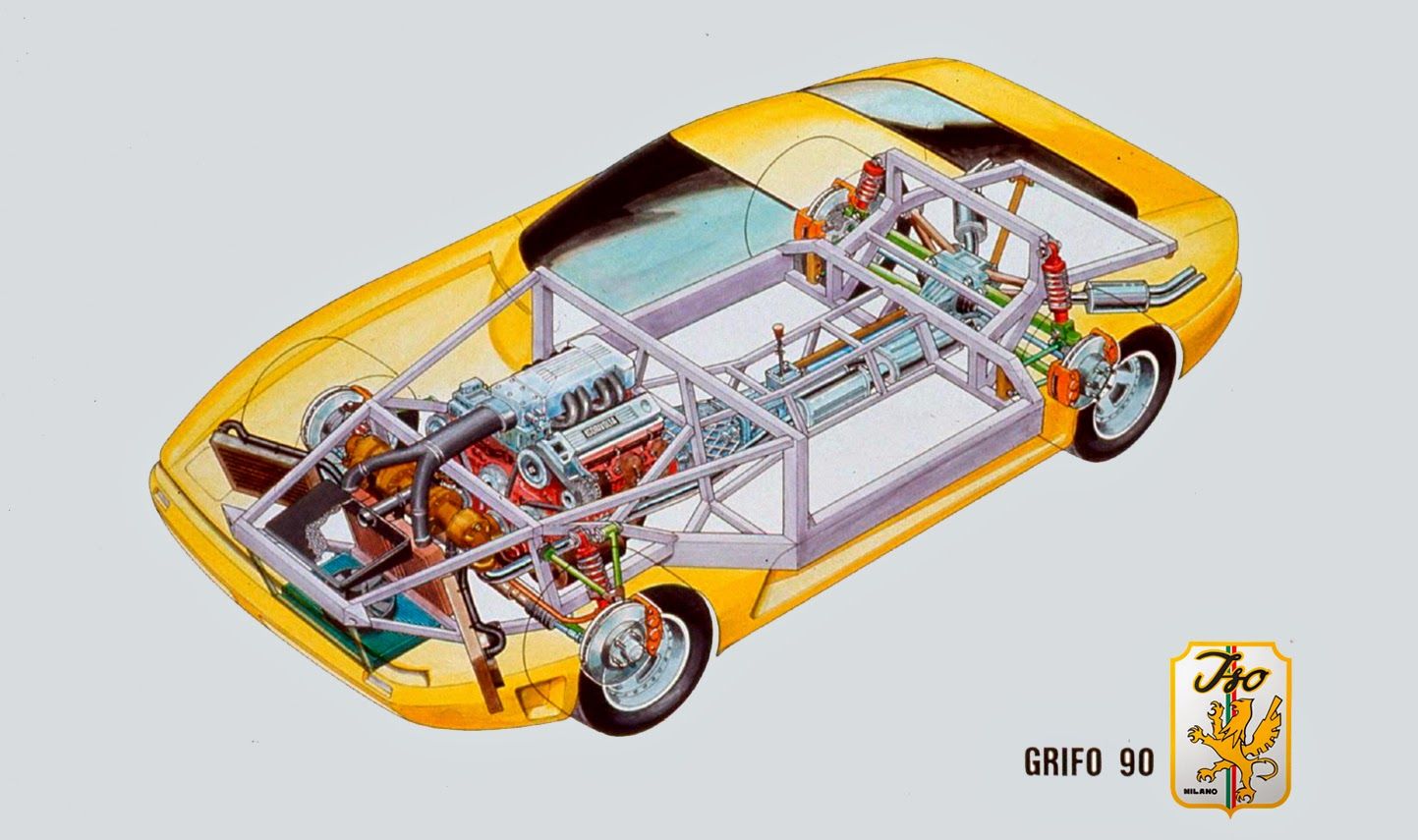
With the market for expensive cars collapsing and with the promise of government funding disappearing, Piero Rivolta and Co. quietly dropped the project and the yellow IsoRivolta Grifo 90 mock-up remained the only memory of a project that might-have-been.
And for all purposes the story would have ended there.
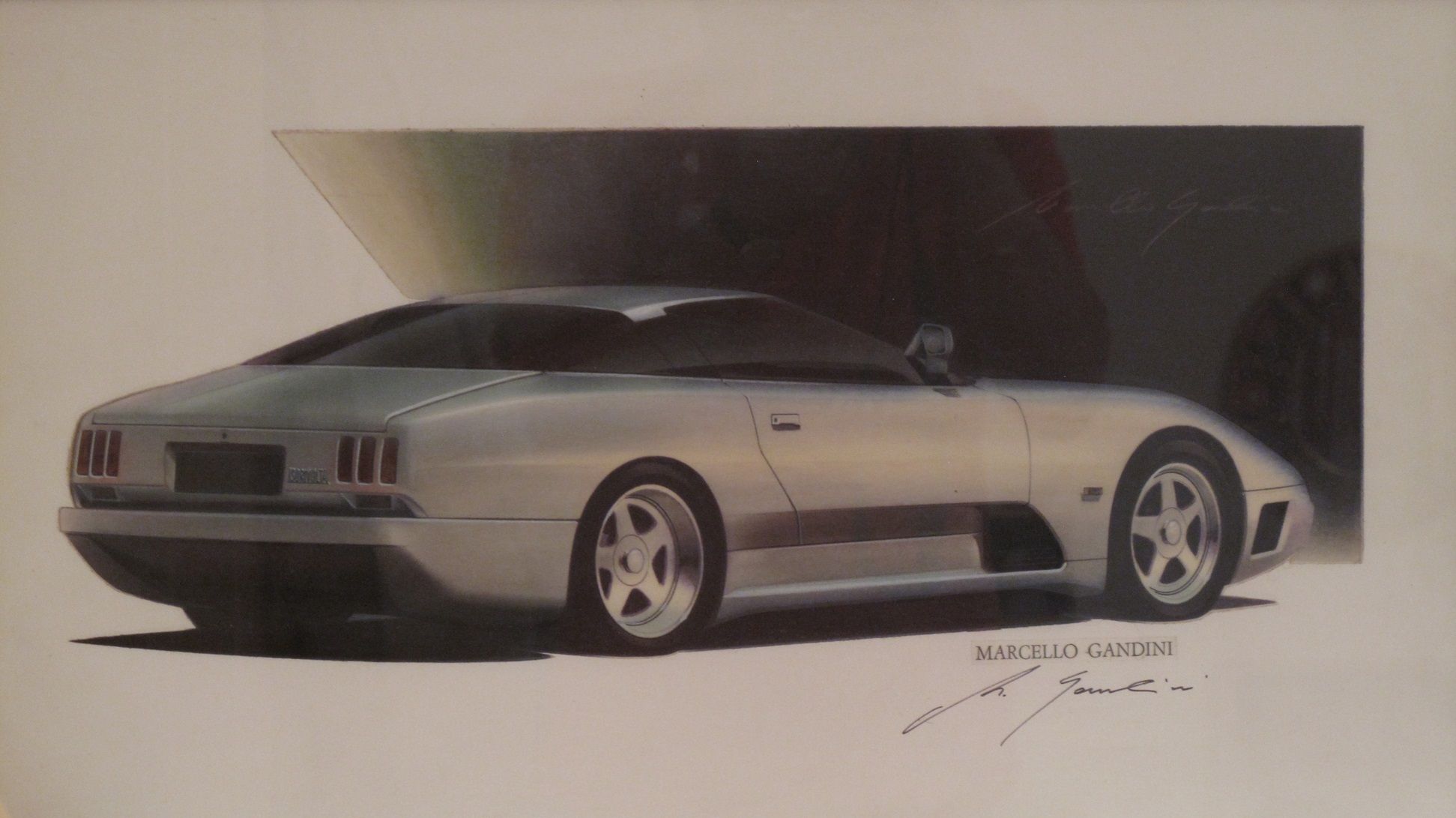
Quite a few Iso Grifo enthusiasts were very excited by the Gandini-designed Grifo 90.
One of them, Federico Bonomelli, who also owns an outfit called Mako-Shark Designs in Dolzago, Italy, located the Grifo 90 styling buck, scanned it, and with the permission of Piero Rivolta, made a few replicas of the Grifo 90 based on the newer Corvette C5 platform.

But in the transition from the original Gandini masterpiece to the replicas, which have been stretched and narrowed to fit the C5 Corvette’s chassis-mechanicals, not surprisingly, a lot of the styling finesse of the original was lost.
Comments
Sign in or become a deRivaz & Ives member to join the conversation.
Just enter your email below to get a log in link.
